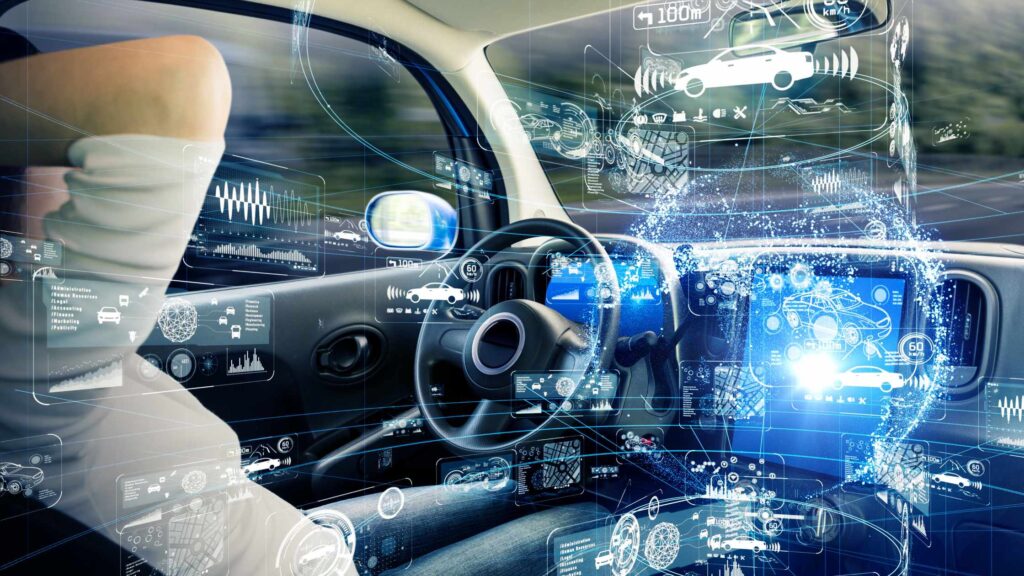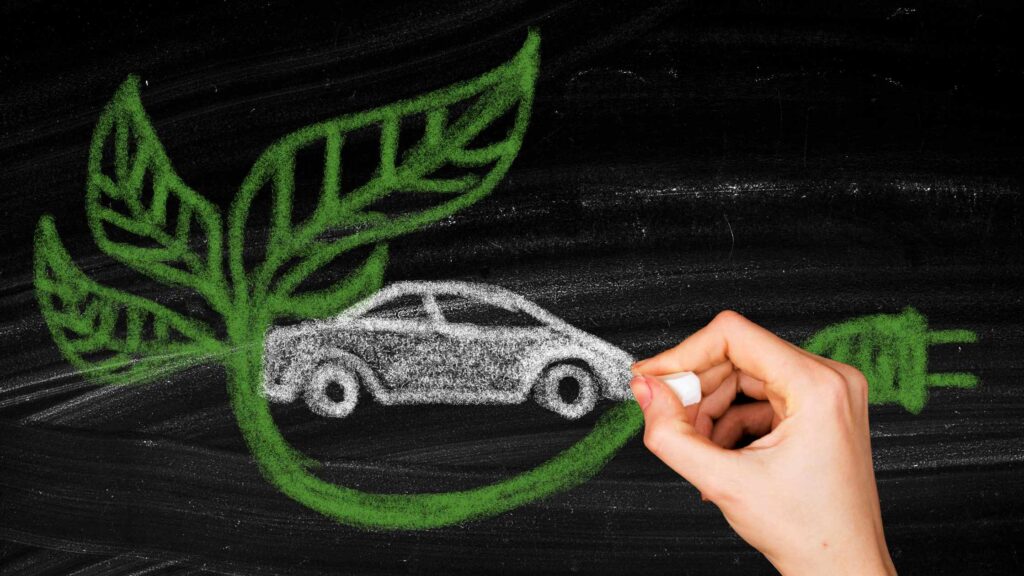Introduction to V2X Communication
In today’s rapidly evolving automotive landscape, the integration of advanced technologies is revolutionizing how vehicles interact with their surroundings. One such innovation is Vehicle-to-Everything (V2X) communication, which enables seamless communication between vehicles, infrastructure, pedestrians, and other devices. This article delves into the evolution of V2X communication and its transformative impact on the automotive industry.
The Beginning of V2X Communication
V2X communication originated from the desire to enhance road safety and mitigate traffic congestion. The initial focus was on Vehicle-to-Vehicle (V2V) communication, allowing vehicles to exchange vital information, such as speed, position, and intentions, in real-time. This breakthrough technology aimed to reduce accidents caused by human error and improve overall road safety.
V2X and Vehicle-to-Infrastructure (V2I) Communication
As the potential of V2X communication became evident, the scope expanded to include Vehicle-to-Infrastructure (V2I) communication. This extension involved the interaction between vehicles and roadside infrastructure, such as traffic lights, road signs, and toll booths. By seamlessly exchanging information with these elements, vehicles can optimize traffic flow, reduce congestion, and enhance fuel efficiency.
Embracing V2X: Vehicle-to-Pedestrian (V2P) and Vehicle-to-Network (V2N) Communication
Building upon the success of V2V and V2I communication, the automotive industry recognized the importance of integrating pedestrians and network connectivity into the V2X ecosystem. Vehicle-to-Pedestrian (V2P) communication allows vehicles to alert pedestrians in close proximity, thus avoiding potential accidents. On the other hand, Vehicle-to-Network (V2N) communication ensures vehicles are connected to network services, enabling features like real-time traffic updates, remote diagnostics, and software updates.
The Technical Framework of V2X Communication
V2X communication utilizes Dedicated Short-Range Communication (DSRC) or Cellular Vehicle-to-Everything (C-V2X) technology to enable seamless data exchange. DSRC operates in the 5.9 GHz frequency band and is specifically designed for V2X communication. C-V2X, on the other hand, leverages existing cellular networks (4G, 5G) to achieve V2X connectivity. Both technologies have their respective advantages and are being extensively researched and adopted by automakers and infrastructure providers.
Applications and Benefits of V2X Communication
Advancing Road Safety
One of the primary motivations behind V2X communication is enhancing road safety. By enabling vehicles to communicate with one another and with infrastructure elements, potential accidents can be identified and prevented in real-time. V2X communication allows vehicles to exchange warnings regarding hazards, traffic conditions, and emergency situations, giving drivers and automated systems ample time to react appropriately.
Traffic Efficiency and Congestion Mitigation
V2X communication plays a pivotal role in improving traffic efficiency and reducing congestion. With the ability to receive real-time traffic data from infrastructure elements, vehicles can adjust their routes, speeds, and driving behaviors to optimize flow. This results in smoother traffic movement, reduced travel times, and less fuel consumption, ultimately benefiting both drivers and the environment.
Enabling Autonomous Driving
V2X communication is a critical enabler of autonomous driving. By facilitating seamless data exchange between vehicles, infrastructure, and network services, autonomous vehicles can gather comprehensive information about their surroundings. This allows them to make informed decisions, navigate complex scenarios, and adapt their behavior based on real-time conditions. V2X communication, coupled with advanced sensors and AI algorithms, represents a significant step towards achieving safe and reliable autonomous transportation.
Challenges and Future Outlook
While V2X communication holds immense potential, its widespread adoption faces various challenges. One of the primary obstacles is achieving universal compatibility and standardization across different vehicle manufacturers and infrastructure providers. Additionally, ensuring robust security measures to protect against cyber threats and maintaining the privacy of user data is a crucial concern.
Despite these challenges, the future outlook for V2X communication looks promising. The automotive industry, along with governmental bodies and technology companies, are actively investing in research and development to overcome existing hurdles. As the technology continues to mature, we can expect to witness a more connected, intelligent, and safer transportation ecosystem.
Summary
The evolution of Vehicle-to-Everything (V2X) communication has revolutionized the automotive industry. Starting with Vehicle-to-Vehicle (V2V) communication, it expanded to include Vehicle-to-Infrastructure (V2I), Vehicle-to-Pedestrian (V2P), and Vehicle-to-Network (V2N) communication. By enabling seamless data exchange, V2X communication enhances road safety, reduces traffic congestion, and facilitates autonomous driving. Despite challenges, the future looks promising as stakeholders continue to invest in research and development to create a more connected and intelligent transportation ecosystem.







